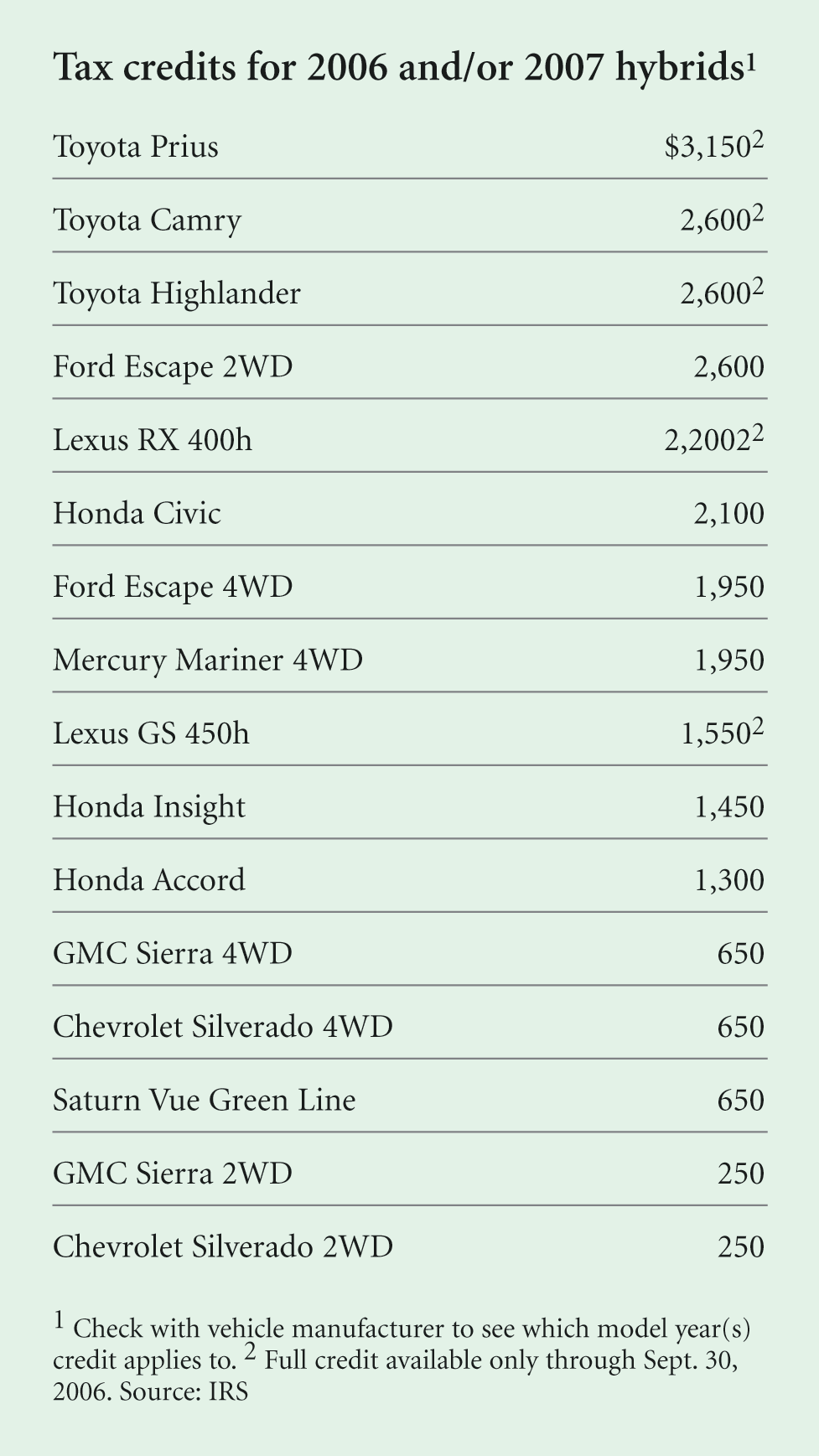- Revenue Cycle Management
- COVID-19
- Reimbursement
- Diabetes Awareness Month
- Risk Management
- Patient Retention
- Staffing
- Medical Economics® 100th Anniversary
- Coding and documentation
- Business of Endocrinology
- Telehealth
- Physicians Financial News
- Cybersecurity
- Cardiovascular Clinical Consult
- Locum Tenens, brought to you by LocumLife®
- Weight Management
- Business of Women's Health
- Practice Efficiency
- Finance and Wealth
- EHRs
- Remote Patient Monitoring
- Sponsored Webinars
- Medical Technology
- Billing and collections
- Acute Pain Management
- Exclusive Content
- Value-based Care
- Business of Pediatrics
- Concierge Medicine 2.0 by Castle Connolly Private Health Partners
- Practice Growth
- Concierge Medicine
- Business of Cardiology
- Implementing the Topcon Ocular Telehealth Platform
- Malpractice
- Influenza
- Sexual Health
- Chronic Conditions
- Technology
- Legal and Policy
- Money
- Opinion
- Vaccines
- Practice Management
- Patient Relations
- Careers
Online UPDATES
On finance and practice
Thinking of buying a Toyota hybrid? Shop quickly
To qualify for a full tax credit for a new Toyota hybrid, you'll have to take delivery before Sept. 30. Toyota says it sold more than 68,000 hybrids, including Lexus models, by the end of May, exceeding the 60,000 cap set by federal law. Under the complicated federal formula, the full credit is still available to buyers through the third quarter, but you'd get half the credit (for example, $1,575 for a Prius) if you buy between Oct. 1 and March 30, 2007, one-quarter of the credit if you buy between April 1 and Sept. 30 of next year, and nothing after that.
Tax credits are also available for other hybrids, including those made by Honda, Ford, and General Motors. No other carmaker had exceeded the 60,000-vehicle cap as of July.

In the off-season, "wild" salmon often isn't
More than half the salmon labeled as wild and sold in stores last fall and winter actually came from salmon farms, says Consumer Reports. The incorrectly marked salmon cost $15.62 a pound, more than twice as much as farmed salmon carrying the correct labels, priced at $6.31 a pound. Even wild salmon that really was wild was less expensive at $12.80 a pound. Researchers didn't find any mismarked salmon sold during salmon season, which runs from May through September in Alaska, where roughly 90 percent of wild salmon sold in the US comes from.
